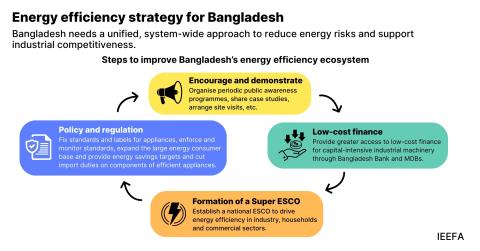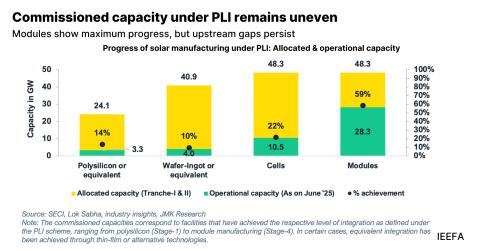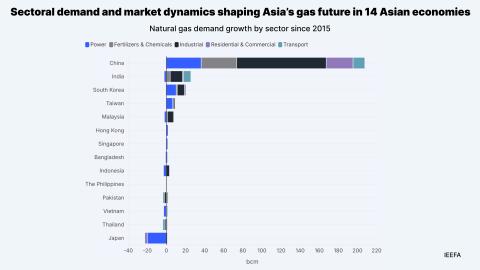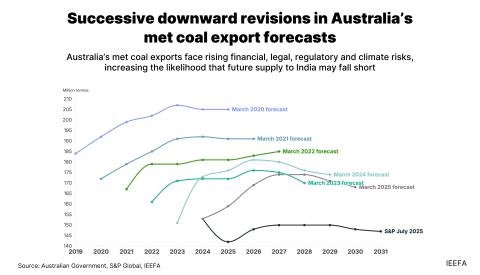EPH green bonds obscure investors’ fossil fuel exposure
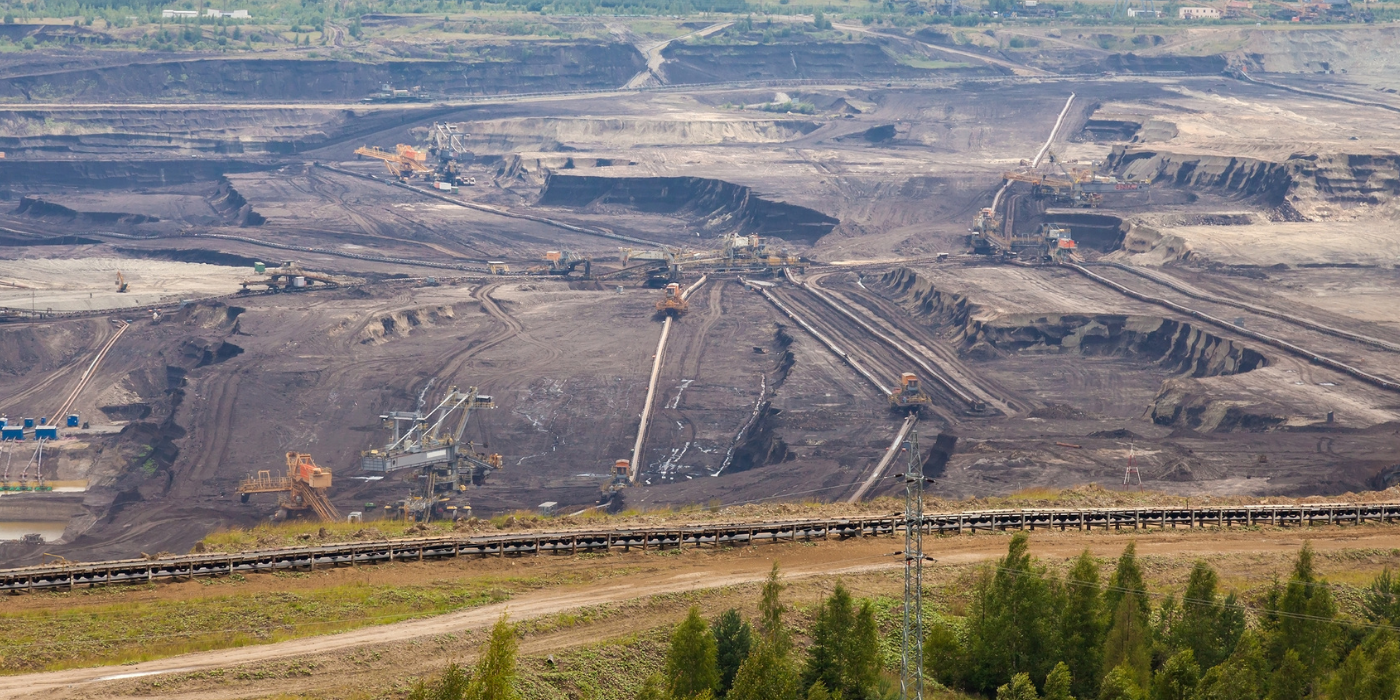
Key Takeaways:
IEEFA analysis indicates that Czech energy group EPH’s approach to green bonds lowers transparency around project-level allocations.
EPH’s July 2025 green bond issuance is unlikely to significantly advance the company’s transition plan, in IEEFA’s view, because it does not appear to target decarbonisation of its largest source of emissions: fossil fuel power generation.
EPH is transferring most of its coal assets to a sister company, but the climate-related risks associated with these assets will remain an EPH credit consideration.
EPH faces increasing climate transition risk as it does not have a clear renewables buildout plan or a strategy to reach net zero by 2050.
Investors in Czech energy group EPH’s green bonds may face unclear fossil exposure and carbon lock-in, with limited transparency at the project level around how note proceeds are used.
New research from the Institute for Energy Economics and Financial Analysis (IEEFA) finds that EPH’s approach to green bonds is unlikely to significantly advance the company’s transition plan because it does not appear to target decarbonisation of its largest source of emissions: fossil fuel power generation.
Fossil fuel-heavy EPH issued a seven-year €500 million green bond on 2 July 2025. This followed the company’s green bond debut in May 2024, when it also raised €500 million.
EPH’s 2024 green bonds followed the same pattern as the new issuance, with the proceeds allocated for refinancing non-power generation assets. This lowers investor clarity over proceeds’ project details and environmental returns.
“It is likely that EPH’s latest green bonds will barely contribute to the company’s climate strategy,” said Kevin Leung, author of the research and a sustainable finance analyst at IEEFA. “This lowers the bonds’ coherence and highlights the need for investors to closely scrutinise green credentials during asset selection.
“Investors should also assess whether bond proceeds are used for projects that meet their expectations for measurable, attributable environmental returns.”
EPH’s largest business segment is power generation. Gas, coal and lignite account for more than 90% of the company’s generation capacity. It owns fossil fuel power plants across Europe, including in Germany, Italy, the Netherlands and the UK.
The need to shift from fossil fuels to renewables exposes EPH to climate transition risk. The research finds that the company has yet to demonstrate a strategy to reach its 2050 net-zero goal.
“EPH stands out among other high-emitting European power companies in that it doesn’t have a clear renewables buildout plan, adding challenges to the company’s fundamentals,” Leung said.
EPH’s decarbonisation levers include the upcoming transfer of most of its coal assets to a sister company. These assets’ performance will become less transparent under the sister company, but the climate-related risks related to them will remain an EPH credit consideration.
EPH’s new seven-year notes have lengthened the company’s debt maturity profile and signal its continued ability to tap the bond market. However, 2028 remains a key refinancing year for EPH, as its major loans and bonds will mature.
Leung said: “EPH faces refinancing needs in the next three years. As transition planning becomes a key credit consideration for lenders, bondholders and credit rating agencies, EPH may face tightening funding conditions if it fails to demonstrate credible progress.”
Press contact
Jules Scully | [email protected] | +447594 920255



